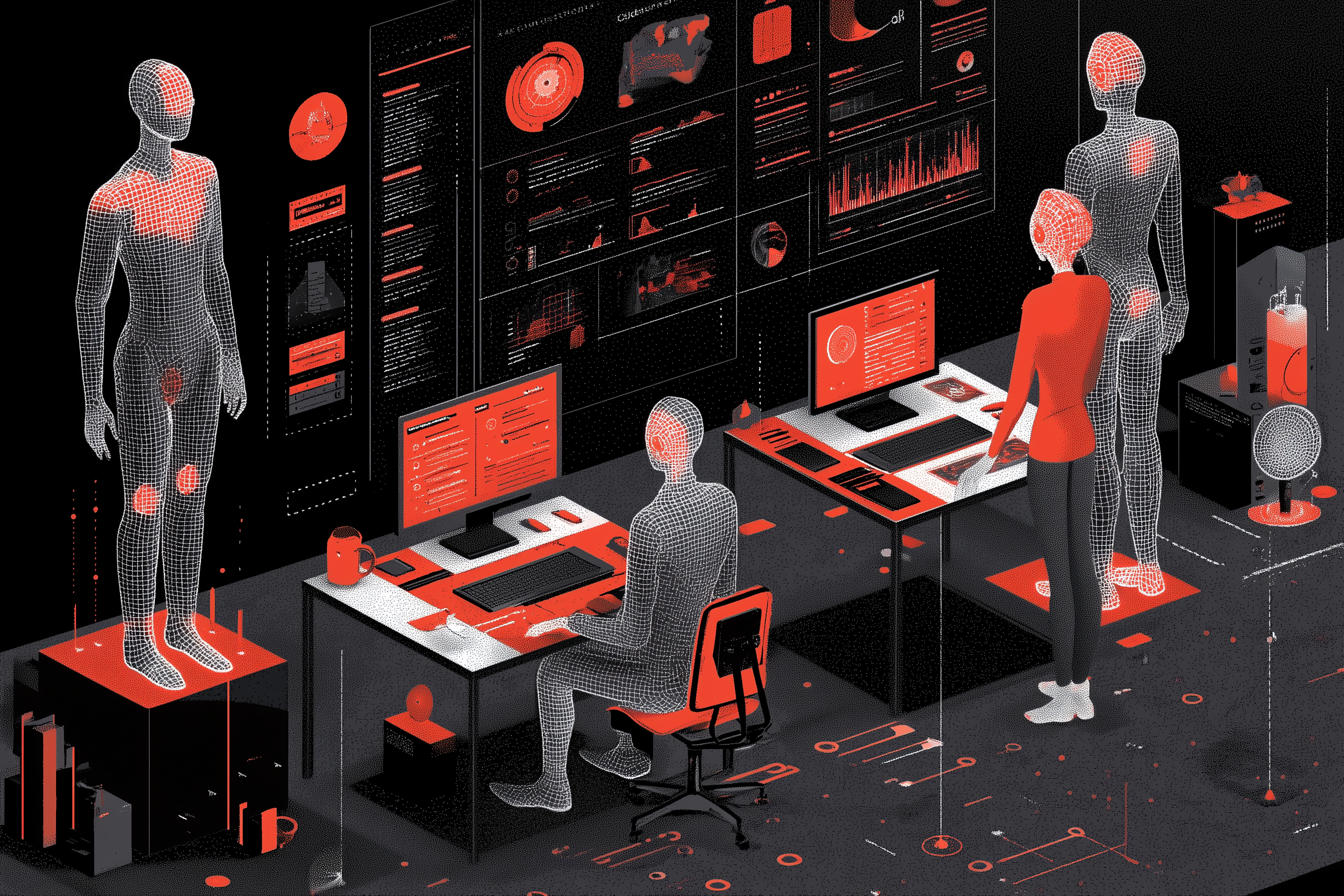How to define roles and responsibilities in a project team : practical guide for effective collaboration

Clarify Roles and Responsibilities in Your Project Team to Improve Communication, Performance, and Team Cohesion
Why Defining Roles and Responsibilities Is Essential for Project Success
In any organization, a project’s success depends less on the number of talented people involved and more on how effectively they work together. Even the most skilled teams lose efficiency when responsibilities are unclear. Defining who does what, when, and with what level of authority is therefore a fundamental step in project management.
According to McKinsey & Company (2024), companies whose teams have strong role clarity are 2.8 times more likely to innovate effectively.
This guide provides a practical framework for clearly defining roles and responsibilities within a project team to improve coordination and reinforce individual accountability.
Understanding the Concept of Roles and Responsibilities in a Project
A role refers to a person’s function within a project—such as project manager, designer, or analyst. It defines their position within the structure.
A responsibility outlines the specific tasks and decisions that person is accountable for. In other words, the role defines who, and the responsibility defines what.
This distinction, often overlooked, prevents confusion and promotes better coordination. According to the Project Management Institute (PMI, 2023), nearly one in three projects fails due to unclear roles and responsibilities.
Why Clear Role Definition Drives Project Success
A clear distribution of roles and responsibilities has a direct impact on project performance. Several key benefits can be observed:
- Reduced confusion and internal conflict.
When everyone knows their scope of work, overlap is minimized, and communication flows more smoothly. - Faster decision-making.
Teams with well-defined roles make decisions more efficiently and with fewer hierarchical bottlenecks (Harvard Business Review, 2023). - Higher engagement and individual accountability.
People are more motivated when they know what’s expected of them and can see the impact of their work. - Strategic alignment across the team.
Clear roles align individual actions with the broader project objectives, reducing the gap between strategy and execution.
In creative or marketing projects, this clarity often relies on collaborative tools like MTM, which help assign responsibilities, track approvals, and maintain version traceability.
Key Steps to Define Roles and Responsibilities
1. Identify the Project Objectives
Before anything else, define the project’s goals. What are the expected deliverables? Which success metrics will be used? These elements guide how the team should be structured.
A kick-off meeting is a great way to align all team members around a shared vision and clear expectations.
2. List the Tasks and Required Skills
Every project consists of multiple tasks. Map each task to the skills required to complete it.
The most common tool for this is the RACI matrix, which clarifies:
- Responsible: Who executes the task?
- Accountable: Who is ultimately answerable for it?
- Consulted: Who provides input before a decision?
- Informed: Who needs to be updated on progress?
(Source: Wikipedia - Responsibility assignment matrix)
3. Clearly Assign Responsibilities
Based on the task list, assign responsibilities according to each person’s skills and availability.
Each team member should know:
- their expected deliverables
- their decision-making authority
- their collaboration points
- how their work fits into the overall process
In digital or creative projects, SaaS project management platforms like MTM simplify this step by centralizing tasks, approvals, and deliverable statuses.
4. Communicate and Validate Roles with the Team
Once roles are defined, take time to share and validate them collectively.
This step builds ownership—everyone understands their role and those of their teammates.
An accessible team brief or shared document is usually enough, as long as it’s regularly updated.
5. Review and Adjust Regularly
Projects evolve—and so do roles. At each stage, check whether responsibilities still reflect the operational reality.
Schedule regular review points to identify overlaps, gaps, or necessary adjustments.
Performance indicators (timeliness, feedback quality, workload balance) can help determine when to reassign or refine responsibilities.
Best Practices for Building a High-Performing Project Team
Promote transparency.
A clearly documented set of roles and responsibilities helps prevent misunderstandings.
Encourage personal accountability.
Each person should be autonomous within their scope while remaining aware of team interdependencies.
Structure communication effectively.
Centralizing decisions and exchanges—via a project management tool, for instance—reduces information loss.
Ensure deliverable traceability.
In visual or marketing projects, keeping a version history (as enabled by MTM) guarantees consistency and quality.
Adopt a feedback culture.
Clarity is built over time. Encourage open discussions about unclear expectations and opportunities for improvement.
Example of a Typical Creative Project Team Structure
In a digital marketing or creative project, clear role distribution can look like this:
Project Manager: plans, coordinates, and oversees overall progress.
Creative Lead: manages the artistic direction and visual consistency.
Content Strategist or Writer: produces and edits content according to editorial guidelines.
Media Specialist / Developer: integrates assets, optimizes formats, and handles distribution.
Client Validation Coordinator: gathers feedback, manages approvals, and archives versions.
This flexible structure can adapt to any project size or type, as long as responsibilities remain explicit and shared.
Clarifying Roles to Strengthen Performance and Team Cohesion
Defining roles and responsibilities within a project team provides each member with the clarity they need to perform effectively.
A well-structured team makes better decisions, reduces friction, and stays aligned with strategic goals.
In an era of hybrid work and cross-functional collaboration, clarity has become a key performance driver.
Clarify, communicate, and adjust—clarity is the engine of every successful project team.
FAQ - Common Questions About Defining Roles and Responsibilities in Project Management
1. How can I effectively define roles in a project team?
Start from the project’s objectives, identify the main tasks, and assign a clear owner and measurable outcomes for each.
2. What is the difference between a role and a responsibility?
A role describes someone’s function in the project; a responsibility details the tasks and decisions associated with that function.
3. Why use a RACI matrix?
It clarifies who is responsible, accountable, consulted, and informed for each task—reducing confusion and overlap.
4. What tools help assign and manage responsibilities?
Collaborative project management platforms like MTM allow real-time tracking of tasks, versions, and approvals.
5. How can I adapt role structures for creative projects?
Identify the core skill areas—creation, content, media, validation—and distribute them based on the production workflow.
Sources
McKinsey & Company, Go Teams! When teams get healthier, the whole organization benefits (2024)
Project Management Institute, Improving Project Performance (2023)
Harvard Business Review, How to clarify roles on your team (2023)
Wikipedia, Responsibility assignment matrix (RACI)
Steople Consulting, Clarity for High Performance Teams (2024)
Other Posts

Agentic AI : the concrete use cases that are transforming marketing and creative workflows in 2025

Has the digitalization of project management led to a loss of sense of community?

